Are You Better at Sports If You Are More Rhythmic?
Rhythm And Sports
Have you ever wondered why some athletes seem to move so effortlessly, almost as if they’re in perfect harmony with their surroundings? This fluidity could be a result of rhythm—a factor often underestimated in athletic performance. From running and swimming to martial arts and gymnastics, rhythmic ability plays a pivotal role in enhancing coordination, agility, and timing. But does being more rhythmic truly make you better at sports?

Understanding Rhythm and Coordination
Rhythm is more than just moving to a beat—it involves timing, coordination, and precision. When we talk about rhythm in sports, it refers to an athlete’s ability to synchronize their movements seamlessly, enhancing their overall performance. Whether it’s swinging a tennis racket, timing a jump in basketball, or pacing strides in running, rhythm plays a key role.
Studies suggest that rhythm is closely linked to motor skills and spatial awareness. Athletes who demonstrate strong rhythmic abilities often show better hand-eye coordination and agility. These traits are invaluable across many sports disciplines, from team sports like soccer to individual pursuits like gymnastics.
The Science Behind Rhythmic Athletes
Neurological research reveals fascinating connections between rhythm and physical activity. The brain’s motor cortex and cerebellum are involved in rhythm processing, aiding in movement control and fine-tuning. This synchronization allows rhythmic athletes to adjust their speed, balance, and posture efficiently.
Rhythmic training, such as dance or musical exercises, is proven to enhance motor functions. For instance, drummers often display heightened spatial awareness and reaction times, making them quicker and more responsive in activities requiring agility.

Rhythm in Action
Examples Across Sports
Sports like figure skating and synchronized swimming showcase the importance of rhythm, where athletes combine music, timing, and movement into a flawless performance. Meanwhile, martial artists rely on rhythm to predict their opponent’s moves and strike with precision.
Even in sports without music, rhythm is crucial. For example, sprinters maximize their speed through consistent strides, while basketball players improve their dribbling and shooting accuracy through repetitive rhythmic drills.
The Role of Rhythm in Team Sports
In team sports like soccer, basketball, and volleyball, rhythm fosters better communication and coordination among players. Passing, shooting, and defending often rely on a shared tempo, creating a harmonious flow that enhances teamwork. Teams that practice drills in a rhythmic manner can react faster and execute plays more seamlessly.
How Rhythm Enhances Balance and Stability
Balance is a key component of athletic performance, and rhythm plays a significant role in maintaining stability. Activities like yoga, gymnastics, and martial arts emphasize rhythmic breathing and movements to achieve better control over the body. This balance allows athletes to adapt to dynamic environments and maintain their edge under pressure.

Rhythm’s Psychological Edge
Beyond physical performance, rhythm influences mental focus and confidence. Practicing rhythmic drills helps athletes stay calm and composed, especially in high-pressure situations. The meditative quality of rhythmic movement can also reduce anxiety, making it easier to maintain a competitive mindset during games or matches.
The Connection Between Rhythm and Reaction Time
Quick reaction time often determines success in fast-paced sports like tennis, cricket, or ice hockey. Rhythm enhances an athlete’s ability to anticipate and respond to stimuli, such as a ball being served or an opponent’s move. This sharpens reflexes and improves decision-making during critical moments.
Training Tools to Boost Rhythmic Skills
Modern athletes can use various training tools and techniques to improve their rhythm. Metronomes, rhythmic apps, or even music playlists are popular tools for syncing movements to a beat. Strength and conditioning programs now incorporate rhythmic drills to develop speed, agility, and coordination across multiple sports.
Can You Improve Your Athletic Rhythm?
The good news is that rhythm is trainable. Simple exercises like clapping to a beat, foot-tapping, or jumping rope can enhance rhythmic awareness. Sports-specific drills incorporating rhythm can elevate your game, be it perfecting tennis serves or mastering a golfer’s swing.
Strengthening rhythm isn’t just about movement—it’s about learning to flow seamlessly, react quickly, and perform with confidence. With dedicated practice, athletes can transform rhythmic abilities into a competitive advantage.
Rhythm and Injury Prevention
Rhythm can play a role in reducing the risk of sports-related injuries. Athletes with good rhythmic skills often have better control over their movements, which minimizes awkward or abrupt actions that could lead to strains or falls. Rhythmic drills that focus on timing and fluidity help create muscle memory, making movements more efficient and less prone to mishaps.

Rhythmic Abilities Across Age Groups
Rhythm isn’t reserved for elite athletes—it’s beneficial for people of all ages. Children can improve coordination and motor skills through rhythmic activities, while older adults can maintain balance and reduce fall risks by engaging in rhythmic exercises like dancing or tai chi. Across age groups, rhythm contributes to physical health and overall well-being.
How Technology Enhances Rhythmic Training
The advancement of technology has introduced innovative tools for rhythmic training. Motion-sensing devices, wearable fitness trackers, and rhythm-based apps enable athletes to monitor their performance and improve timing. Virtual reality simulations are now being used in training programs to help athletes immerse themselves in rhythm-based scenarios that mimic real-world sports environments.
Conclusion
Rhythm is an underappreciated yet essential component of athletic performance. It enhances coordination, sharpens motor skills, and improves an athlete’s ability to adapt and react in dynamic environments. Whether you’re striving for gold in synchronized swimming or aiming to perfect your jump shot, rhythmic training could be the secret ingredient to unlocking your full potential. So, the next time you lace up your shoes or grab a racket, remember—adding a bit of rhythm to your routine might just give you the edge you’ve been seeking.
Join the Discussion
Do you think rhythm gives athletes an edge in sports? Have you personally experienced how rhythm affects your performance or training routine?
#SportsPerformance #AthleticTraining #RhythmInSports #CoordinationMatters #TeamworkAndRhythm #BalanceAndStability #FitnessJourney #TrainingTips #SportScience #NeuroscienceInSports #MotorSkills #ReactionTime #GymnasticsSkills #BasketballDrills #SoccerSkills #MindAndBody #MentalFocus #AgilityTraining #AthleteMindset #InjuryPrevention #SportsPsychology #MuscleMemory #DanceAndSports #RhythmAndBalance #SportsInnovation #VirtualTraining #SportingEdge #PeakPerformance #AthleteGoals #SportsDevelopment
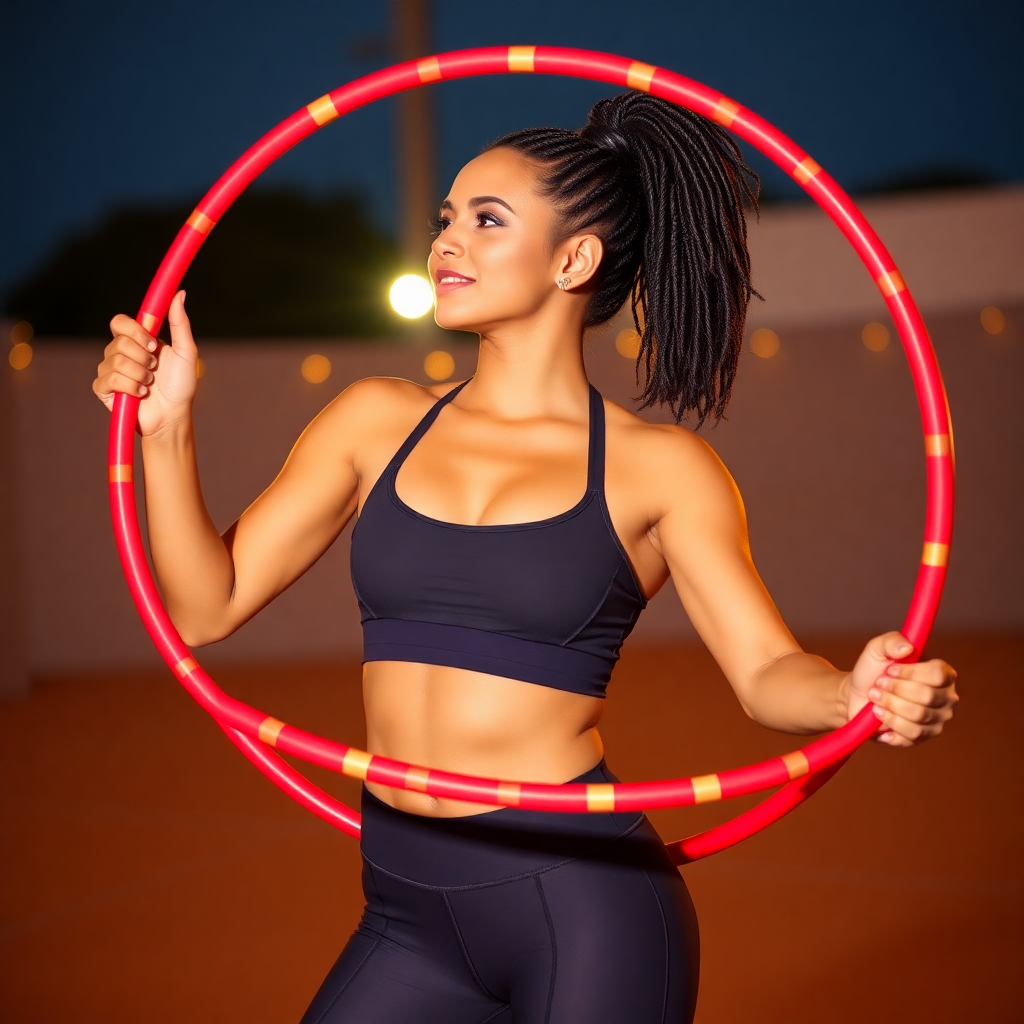

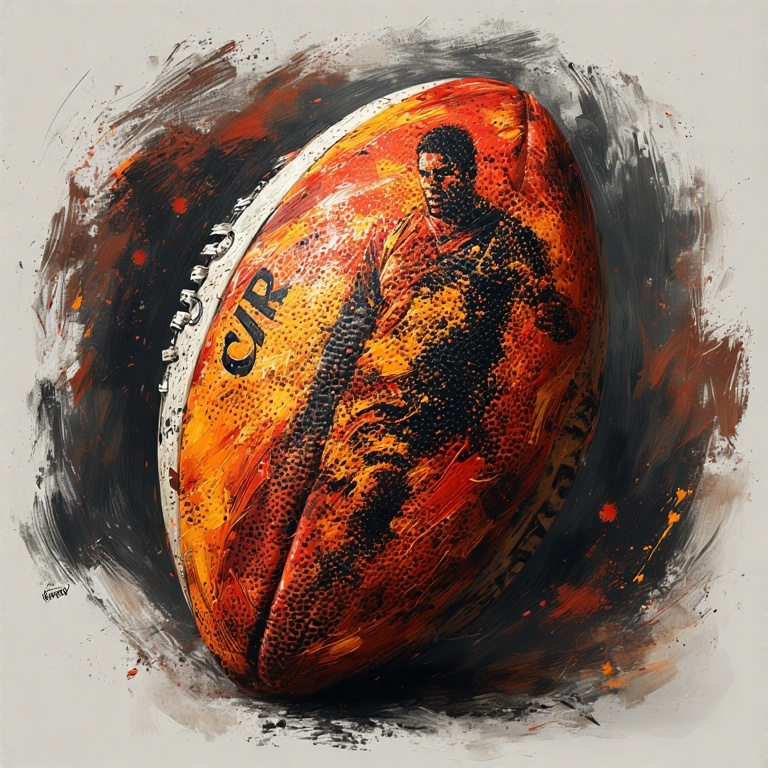



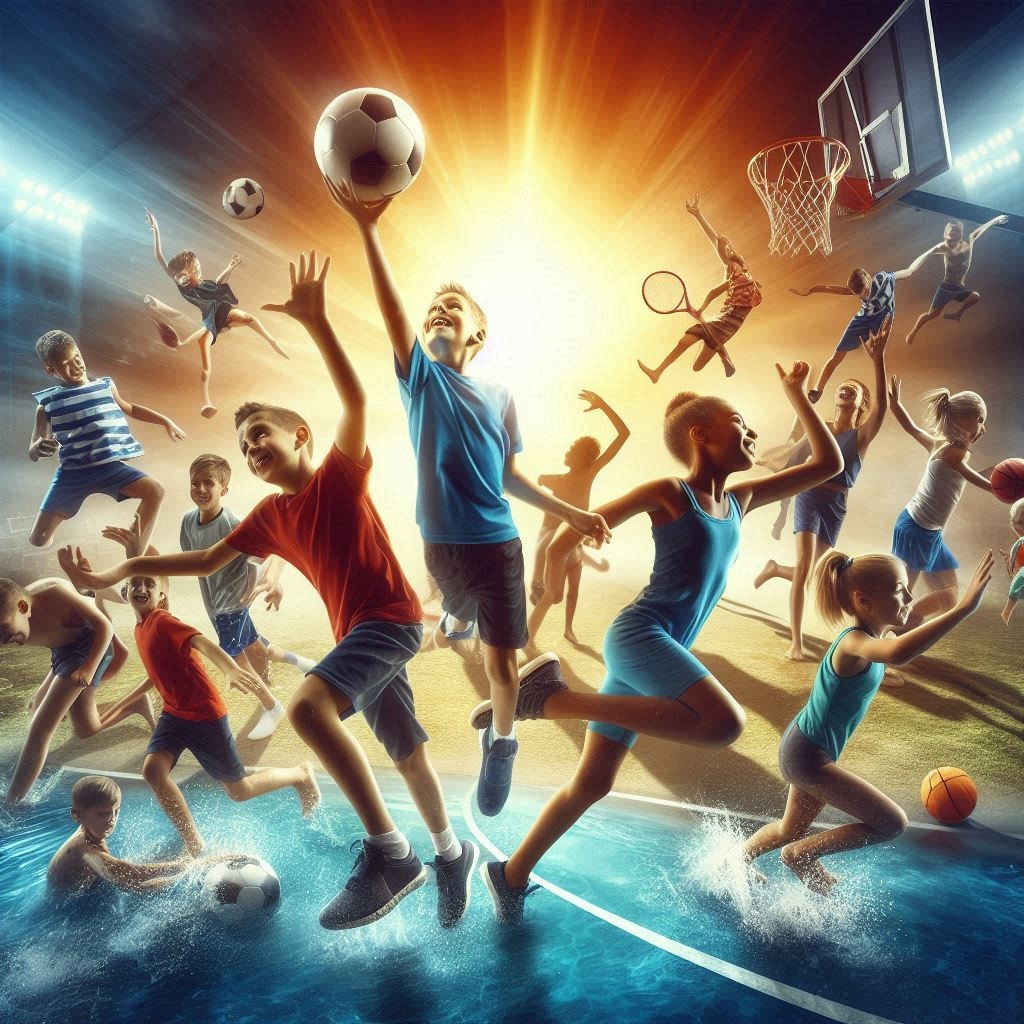



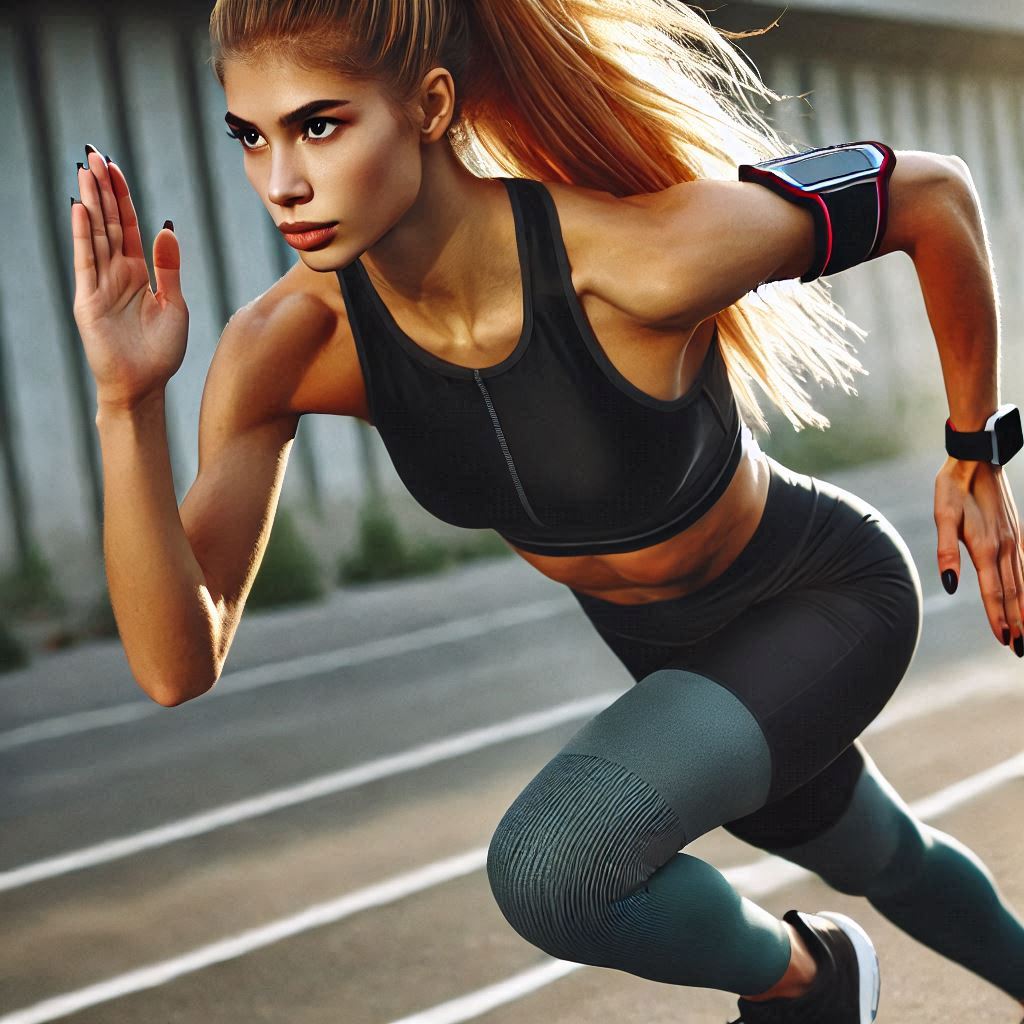


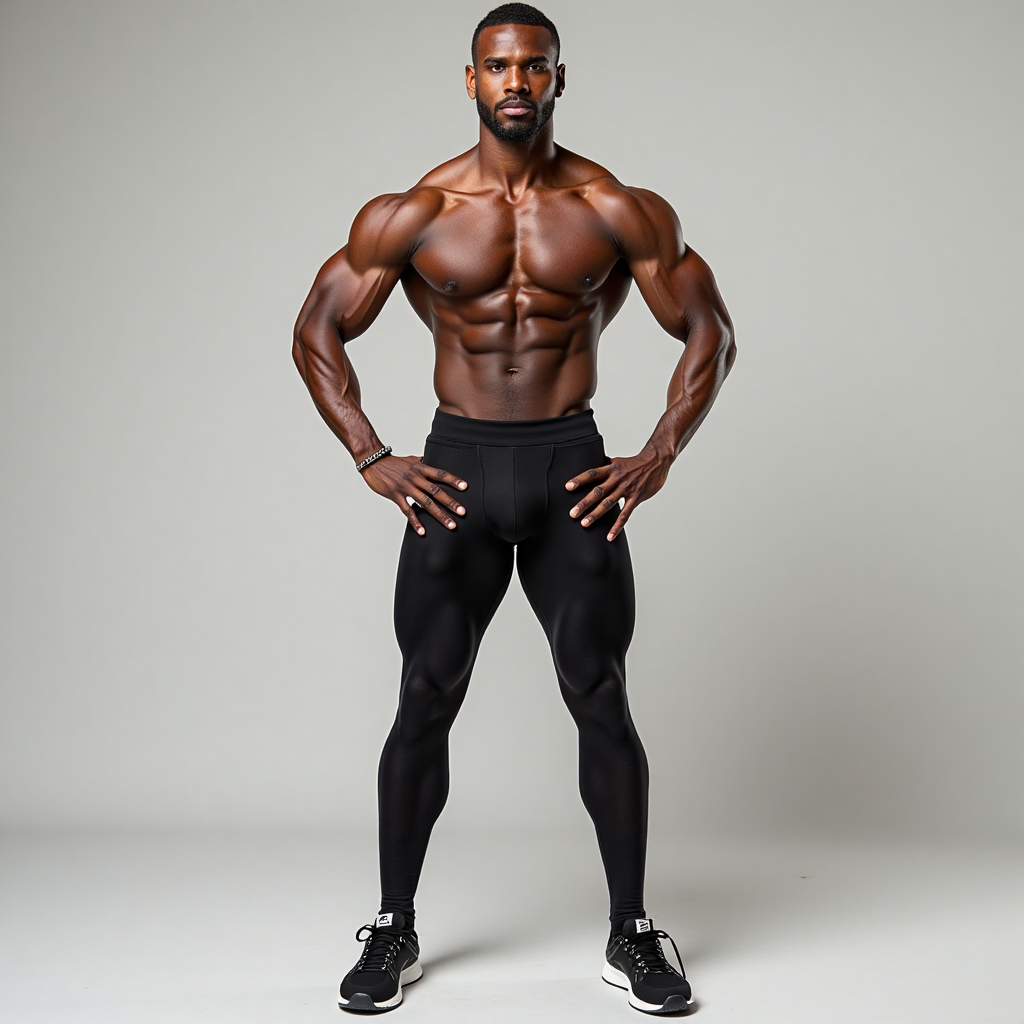
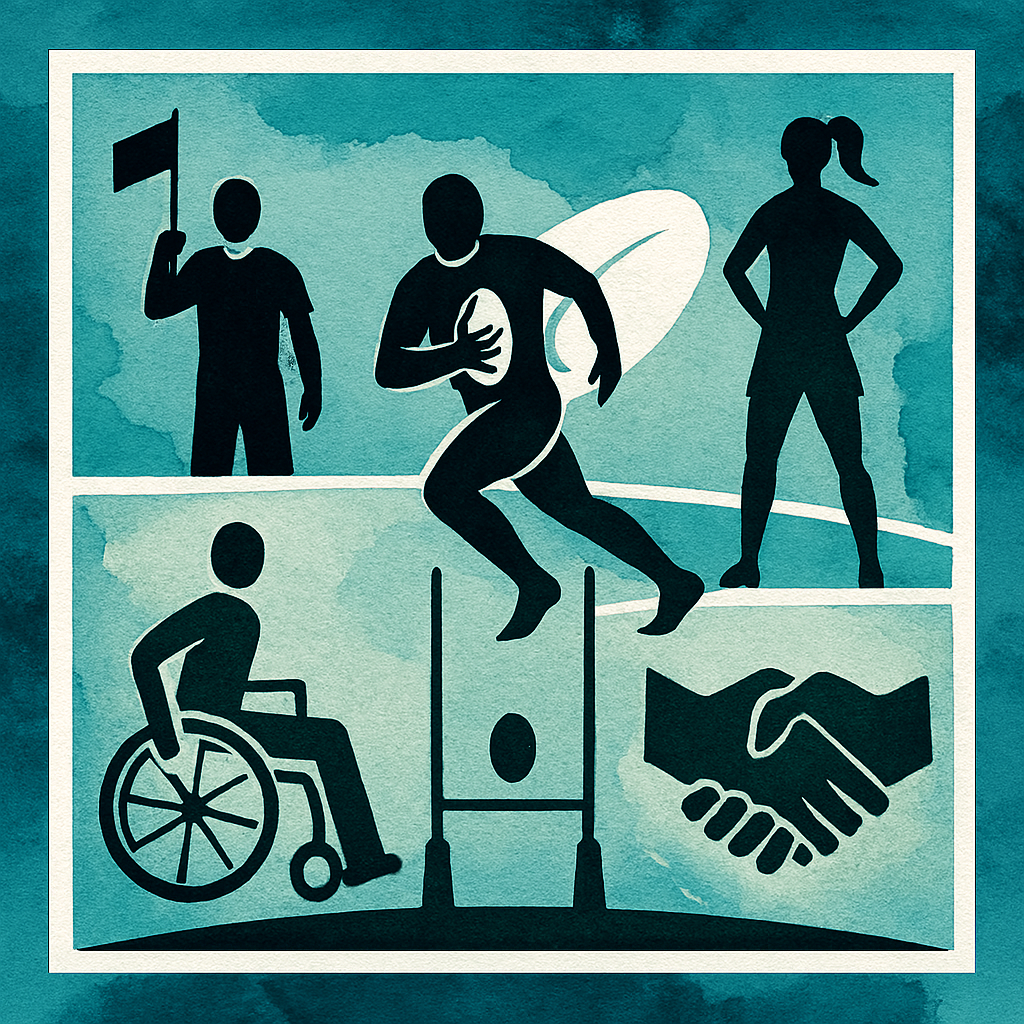
How Daily Dog Walks Supercharge Your Happy Health Fitness
[…] joy of spending time with your dog amplifies the effect. Many athletes and professionals find that physical activity unlocks fresh ideas and solutions. Whether strategizing for your next game or reflecting on personal goals, your dog […]